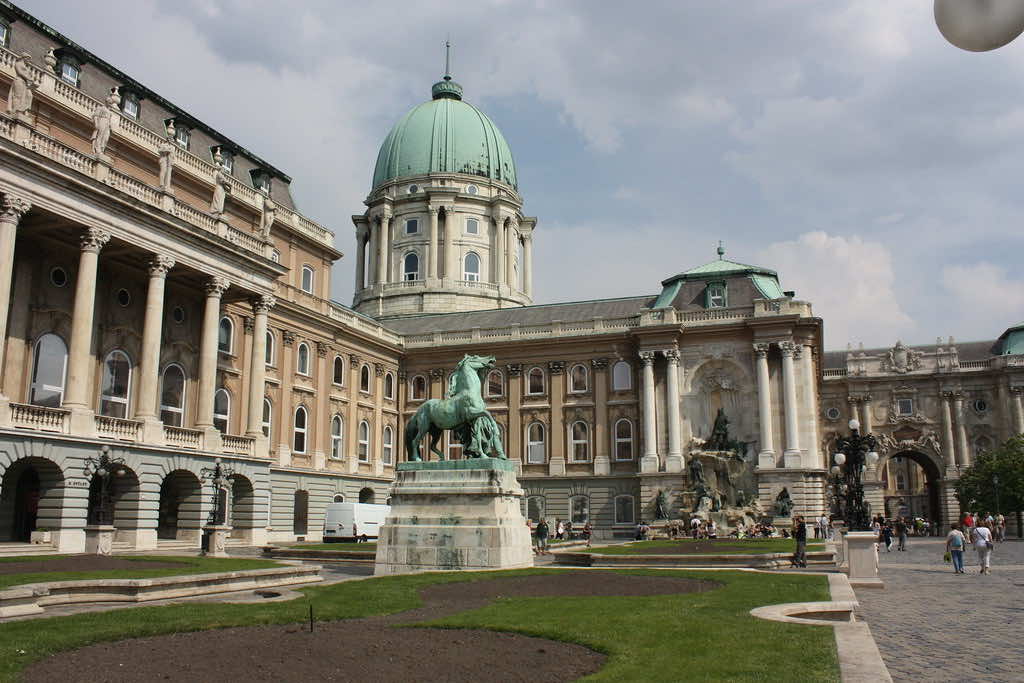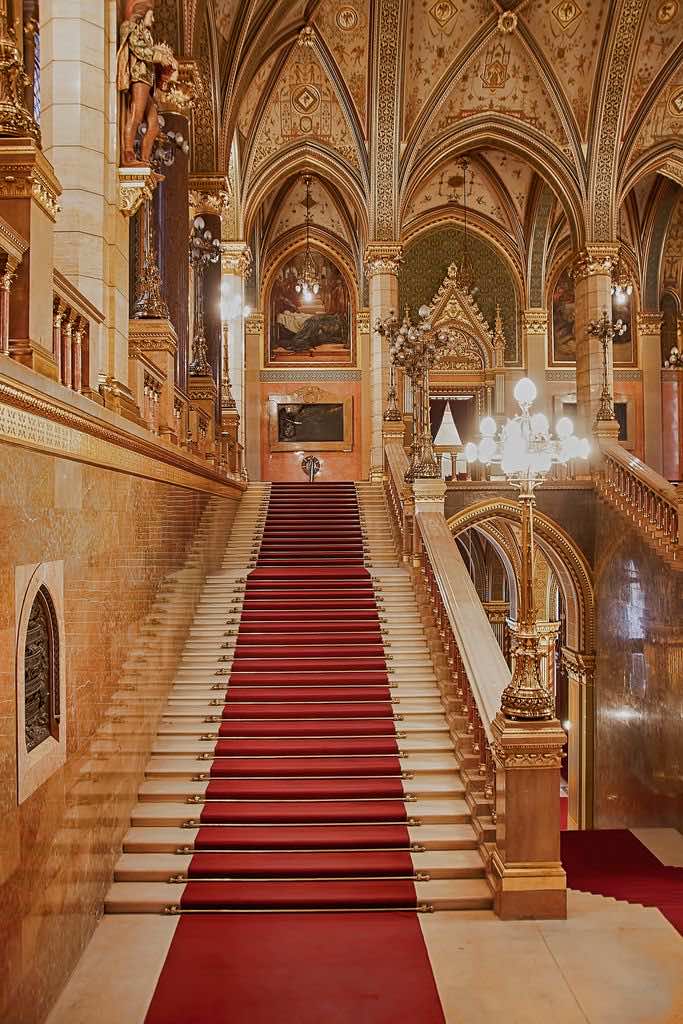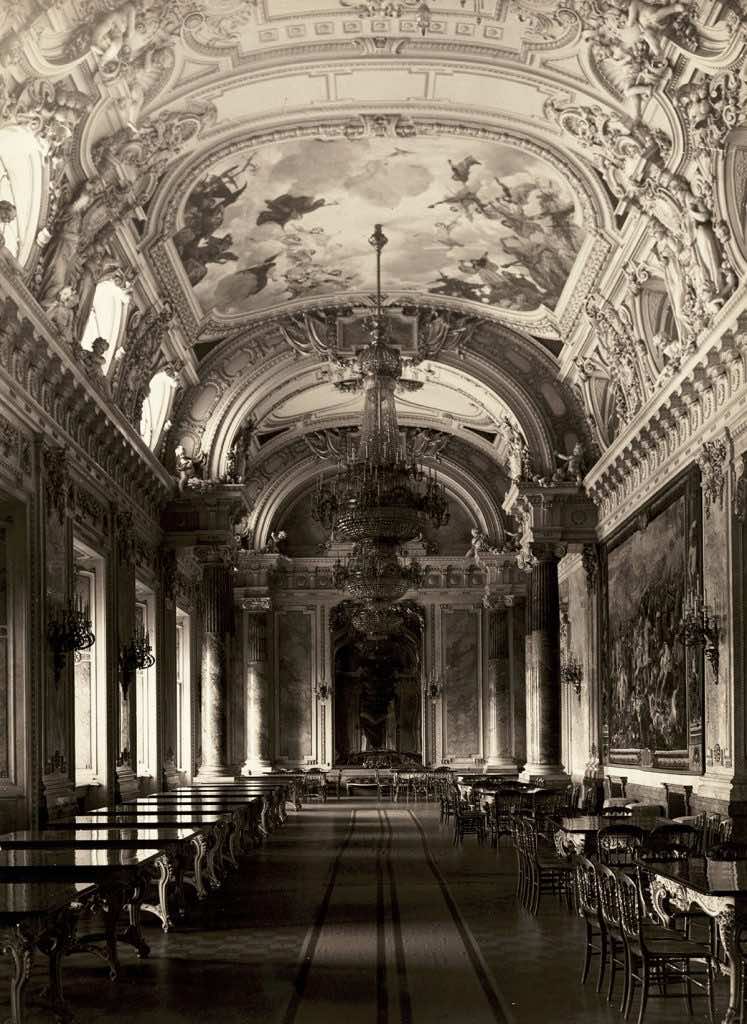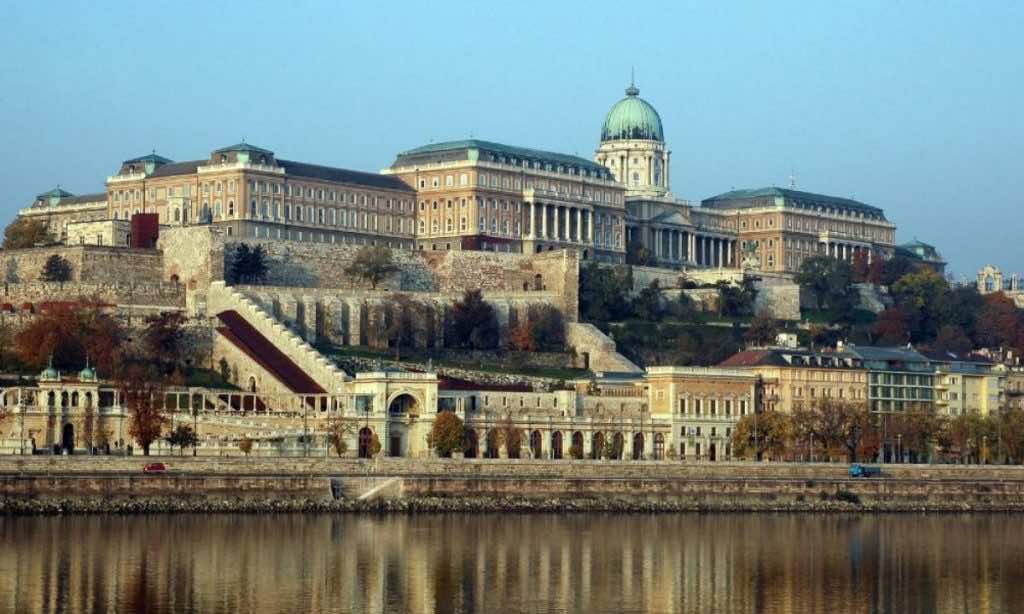Buda Castle is the historical castle and palace complex of the Hungarian kings in Budapest. It was first completed in 1265, but the massive Baroque palace today occupying most of the site was built between 1749 and 1769.

Buda Castle sits on the southern tip of Castle Hill, surrounded by the touristic area known as Várnegyed (Castle Quarter), which is famous for medieval, Baroque and Neoclassical houses, churches, public buildings, and monuments. The hill is linked to Clark Ádám Square and the Széchenyi Chain Bridge by the Castle Hill Funicular. The castle is a part of the Budapest World Heritage Site, so declared in 1987. The original Royal Palace was ruined during WWII, it was rebuilt in a simplified Stalin Baroque style during the Kádár era.

In the 15th century the Royal Castle in Budapest gained unprecedented size, becoming one of the most beautiful architectural complexes in Europe. In the years of King Matthias’ rule Buda was the centre of political and social life. The most remarkable Italian architects and sculptors worked to create luxurious buildings and a palace embellished with marble, mosaics, sculptures and low reliefs in the Renaissance style. After King Matthias’ death the royal residence kept its former wonderful appearance for a few years more, however, expenditures on maintaining the buildings in that condition finally became so burdensome that they started to be beyond the courtiers’ capabilities. In 1526 the Buda area was for the first time conquered by the Turks, who plundered and burned the castle.
After the castle was recaptured, it had to face adversities many times because of natural disasters, plagues, fires and other misfortunes. It was not until the 18th century when the reconstruction of the castle and other fortified buildings started. Then beautiful buildings in the Baroque style appeared in place of numerous ruins. In 1749 the construction of a new royal palace ended, by the order of King Charles IV it was supervised by architects Nicolo Pacassi and Jean Jadot. Next, at a request of Hungarian noblemen who wanted to surpass their Austrian neighbours the castle was constantly altered and extended over decades.

This period of reconstruction resulted in the Baroque masterpiece that we see and experience today, another period of restoration and rebuilding began after the complex was once again in disrepair following WWII. However, this period mostly focused on restoration and little redesign or alteration was done.



